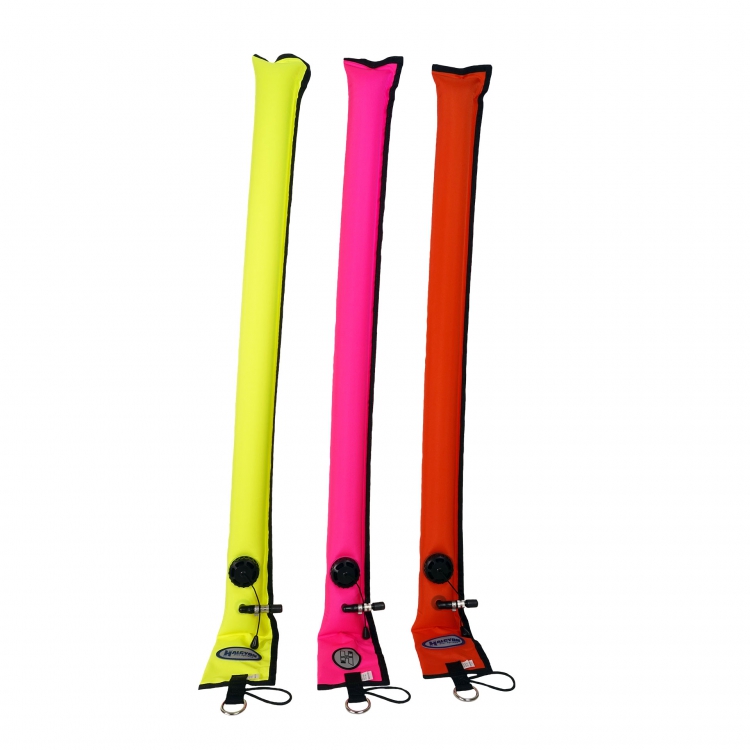If an SMB is a full sized one,
Longer mean >2h? >3h? or what?
Longer meaning the time at deco. If you're diving a wreck -- and you don't fall off it! -- then the skipper knows where your bag (SMB) will appear. All the time at deco means you and your bag will drift away from the wreck.
Interestingly with deeper dives where the bottom time is limited by the max dive time, the divers will bag off within 15 mins of each other. The SMBs then all drift downstream together in the "field of SMBs".
I assume rough sea is F3 or F4 given your previous post, right?
F4 is OK as long as it's not forecast to be rising. A F4 to F5 probably would be abandoned.
(Obvs. down to the specifics of the dive, the site, steaming distance and bearing, direction of wind + current, etc.) A wind against tide will build up the sea to short chops. Wind with tide will tend to have longer and lower waves.
Nope. We have done comparisons in rough seas with swells much larger than 4ft. Conditions can be plenty rough in the open Northeast Pacific Ocean off of the Big Sur coast. Boat crews reported that the small SMBs were easier to see than large ones because the small ones tend to stand up straighter. Small SMBs are also faster and easier to fully inflate; with large ones there's more of a risk that divers fail to inflate them fully and then they end up kind of flopping around on the surface. And, as I mentioned in my previous comment, regardless of what size SMB you use the key is to launch it as soon as you leave the bottom so that it pops up close to the boat (one time I actually hit the boat).
I think there's an interesting point here...
Ocean swells are gentle long-wavelength waves of the order of many seconds, say 15s or more, originating far out at sea. These waves can be quite high but are quite gentle lifting the boat gently up and lowering it -- remember sailing "off soundings" and this really long but gentle swell of 6m/20ft meant seeing for miles one minute and a wall of water the next (that was obviously the low far out in the Atlantic that battered the boat a day or two later with F9 winds, eventually leading to the rudder failing!)
"Waves" are short wavelength and driven primarily by the local wind (and affected by current). These are lower, but really rock the boat around.
If the seas are calm but with a swell, you can see a fair way when the boat is on a crest, and see hardly any distance when the boat's in a trough. But, if the SMB's say 400m/400yds away, there's a possibility that the SMB might be up when the boat's down and vice versa. A larger SMB will be visible for a little longer. Also, when the diver's up, you can hold the SMB vertical. Bigger is best then!
In tidal coastal waters, such as the English Channel or estuaries, the issue isn't swell, unless at the Western end, the challenge is wind and tide. The prevailing wind is south easterly and there's a long fetch to build up the waves. These short wavelength waves of the order of a few seconds rock the boat around, make diver recovery difficult and make steaming/motoring miserable for those prone to seasickness.
Personally, I wouldn't even think of using a training/small SMB for diving in the sea unless it's really sheltered -- even then it's the big SMB, 'cos that's all I would bring!





